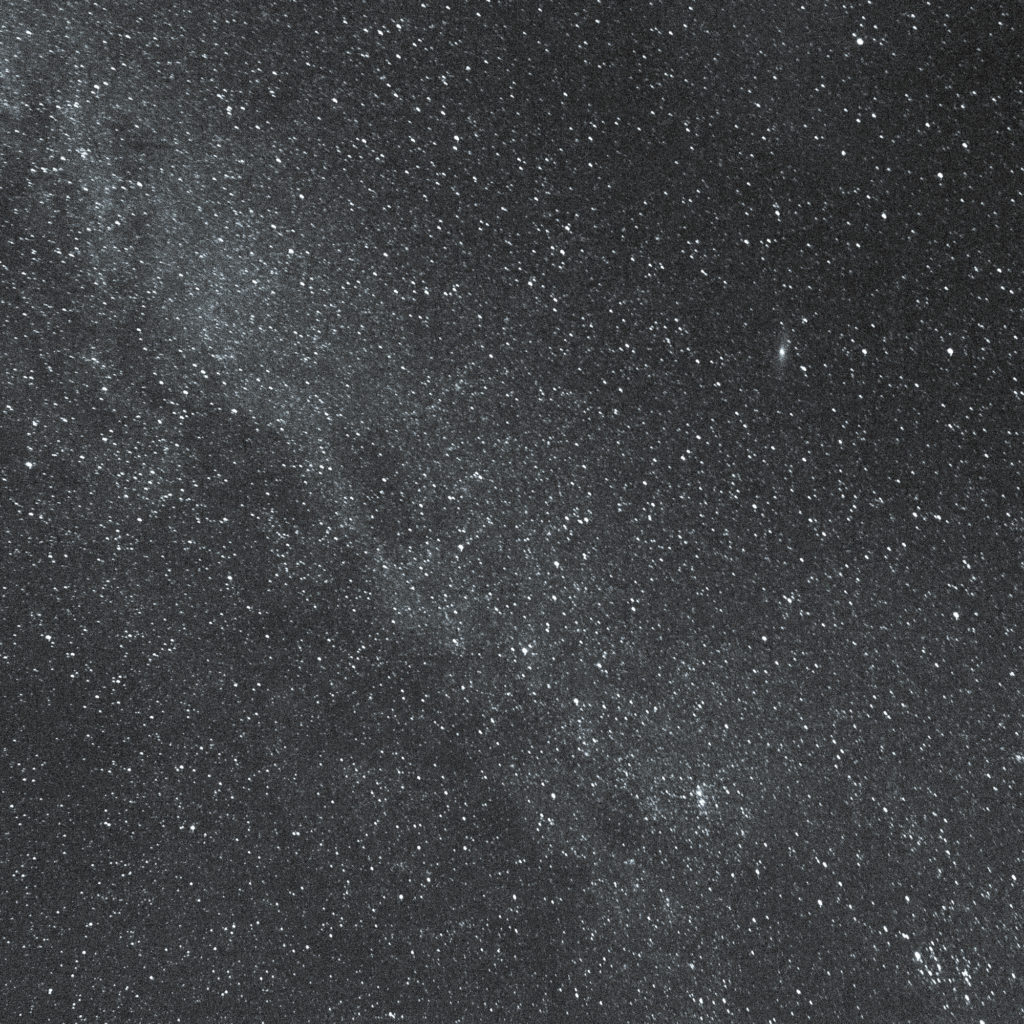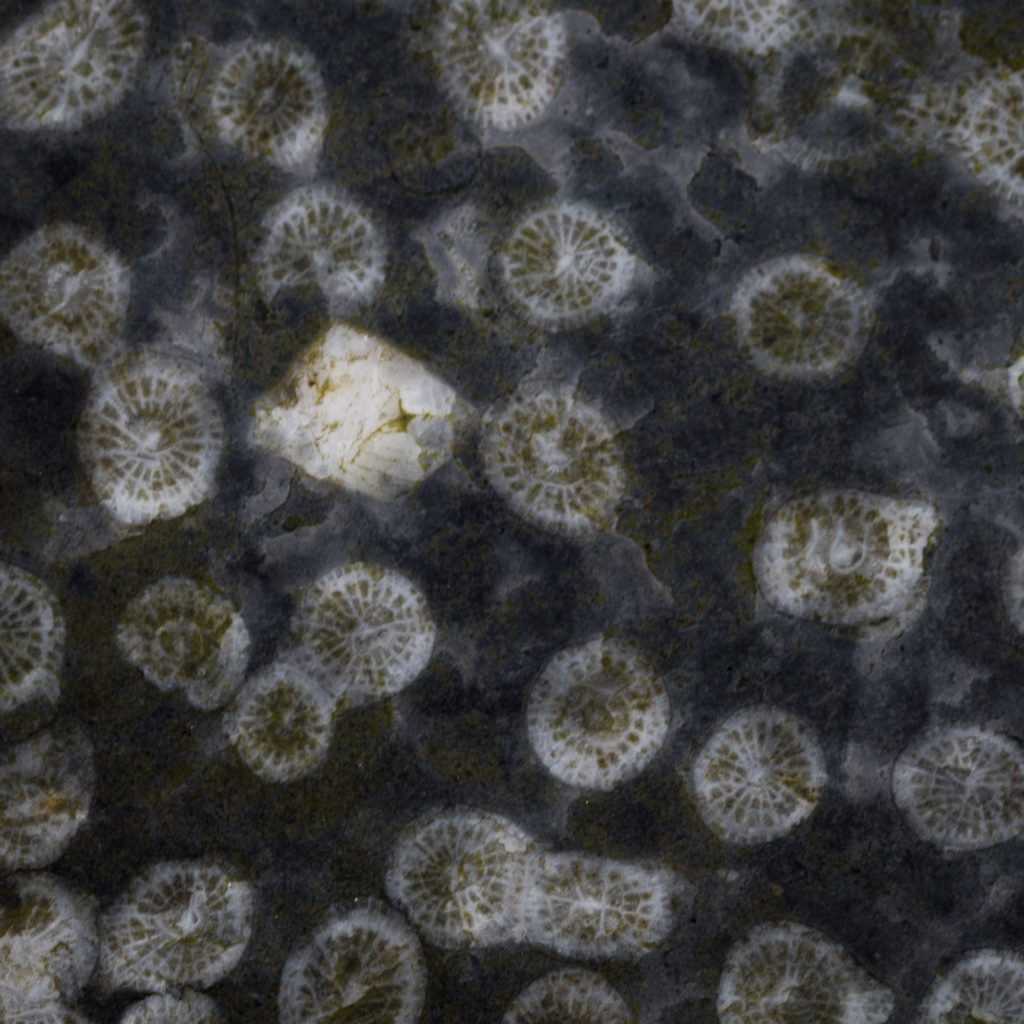Gamma ray bursts are flashes of gamma rays that hit our planet quite regularly. They can last for fractions of seconds or minutes. They can be detected from enormous cosmic distances.
Back in April 2010, a satellite detected a 10 second GRB burst. That’s ten seconds of gamma rays that we now know travelled 13 .7 billion years to reach us from a supernova in a galaxy that occurred about 630 million years after the Big Bang.
I’ve written about being a trained geologist and that my timescales are probably different to yours. There is a piece of rock on the desk beside me I think is like a photograph. This rock records the instantaneous burial and death of a crinoid some four hundred million years ago. Crinoids are also known as sea lilies though they are animals not plants. They have five fold symmetry like starfish and echinoids. And there are over 600 species alive today. We thought they were sessile bottom feeders when I was in university but they’ve since been caught travelling on camera. Now they say that the Paleozoic crinoids were stationary and developed motility later in response to predation.
Space isn’t what we once thought. Einstein showed us that space isn’t independent of time.
Nor is time independent of gravity. And Poincaré and Einstein predicted gravity waves in 1904 and 1906 but the waves weren’t finally detected until 2016. And repeatedly detected since. Now there’s a hunt for the graviton, the hypothetical quantum of gravity, an elementary particle that mediates the force of gravity.
Imagine, if you will, that you could take a photograph of the space between the Sun and the Earth. Imagine, if you bear with me, that you could zoom in endlessly and resolve one human hair in that photograph.
If you could have bothered to imagine that with me, you can now imagine that that human hair within the distance of the Earth to the Sun, is the scale at which gravity waves were detected on Earth.
The 2017 Nobel prize for physics went to the people that did it.
In 2012, a spectroscopic survey concluded that dark energy constitutes 72% of the total mass-energy content of the universe. So it seems that energy is isn’t what we once thought either.
I’ve been reading about the finches on The Galapagos again. This made me think about the drift of things I was taught in college. The great geologist Tuzo Wilson noticed the magnetic reversals in the ocean plates and the hot-spots that sit above mantle plumes. The Canaries, Hawaii and The Galapagos have this in common. He was, in part, analysing magnetic survey maps across the Pacific. He used the polarity reversals to intuit that the oceanic plates expanded and slid along what he termed transform faults. The prior thinking had only considered convergence (think Himalayas) and divergence (Iceland is widening) but plates sliding alongside each other became the basis of plate tectonics we know today.
‘Polarity reversals’ I hear you ask. The compass hasn’t always pointed north. In the recent geological record, compass reversals seem to happen every 200,000 years or so. We can see the evidence for them because iron rich rocks created along the oceanic spreading ridges freeze the polarity while cooling. Over millions of years, this generates a pattern that is used to determine the rate of ocean floor spreading. Don’t panic. It takes several thousand years for the reversals to occur and Europe is only able to flee America at the pace of fingernail growth. Indeed, the north magnetic pole has been drifting toward Russia at 55 kilometres per year for quite some time and you never noticed.
So the ocean plates are moving. And with that movement, the finches have been island hopping for millions of years, hopping from volcano to volcano as the sea-mounts rise and fall while moving west, sea-mounts and birds, away from the coast of South America.
You know about the European eels that head to the Sargasso sea every year. And you know that European cuckoos migrate annually to South Africa including the newly fledged cuckoos without parents to guide them. What about the Monarch butterfly that travels nearly 5000 km south to Mexico for Winter and then returns as far north as Canada in Spring? Time may be what helps us understand these migrations, especially in the case of the butterflies who take multiple generations to complete the round trip. The continental land masses have moved, spread further apart by continental drift but the animals and insects don’t know this. Or do they?
We have grand-daughter whose six years of experience has convinced her that fairies are as real as Santa.
Richard Dawkins remarked on the awesome bandwidth needed by God to maintain seven billion simultaneous two-way connections.
There are edges to our knowledge. Don’t you like the idea of adding one to infinity and wondering about the day before the big bang or what it would be like to see in x-rays?
Or that blue photons are so associated with water, that we have found hundreds of planets that might support life. And must wonder if they have found our pale blue dot.
If a photograph can be considered to freeze time what do you think will make time go backwards?
Ramblings of the day.



Leave a Reply